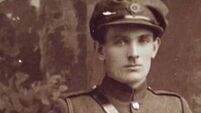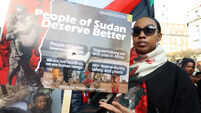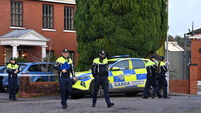Irish Civil War: A hallmark of the conflict was its tragedy of errors
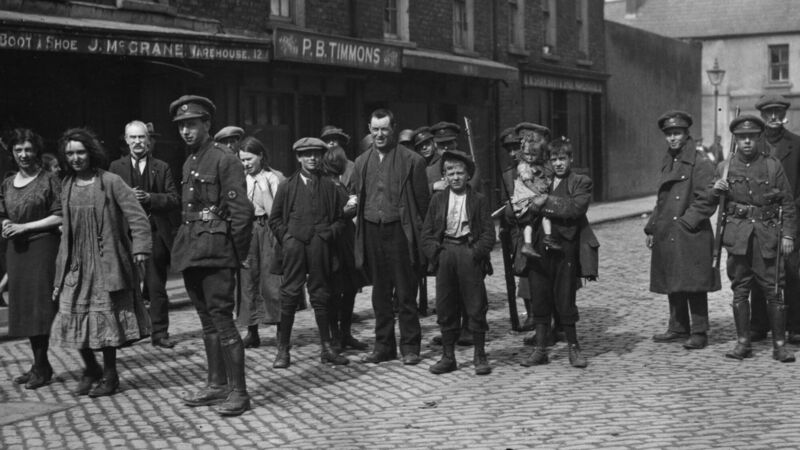
Alongside veterans of the First World War and the War of Independence, a host of barely-trained young men were handed an astonishing number of weapons during Ireland's Civil War. File Picture: Topical Press/Getty
The Civil War was as short as it was calamitous. Despite historical estimates of the numbers of people who died in the conflict running up to 5,000, more recent research indicates that the number of people who were killed was well under half of that total.
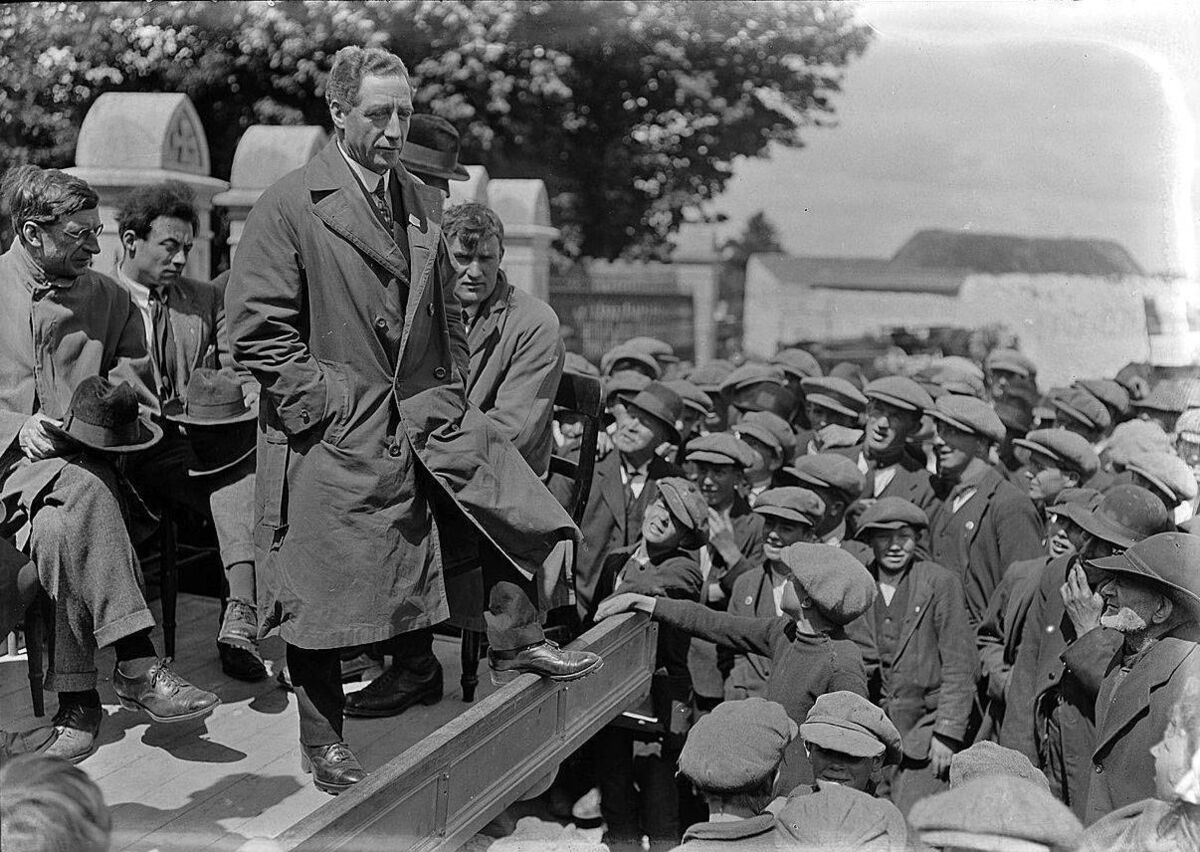
The Irish Examiner is publishing a series of articles all this week which you can access at this link: Civil War. Most of them will also be published in , in the 'Irish Examiner' (print and ePaper) on January 9, 2023.
The @131weeks Twitter account (the name is a reference to the length of the Irish War of Independence) has attempted to intertwine the lesser-known stories with the major events of the time for my followers.
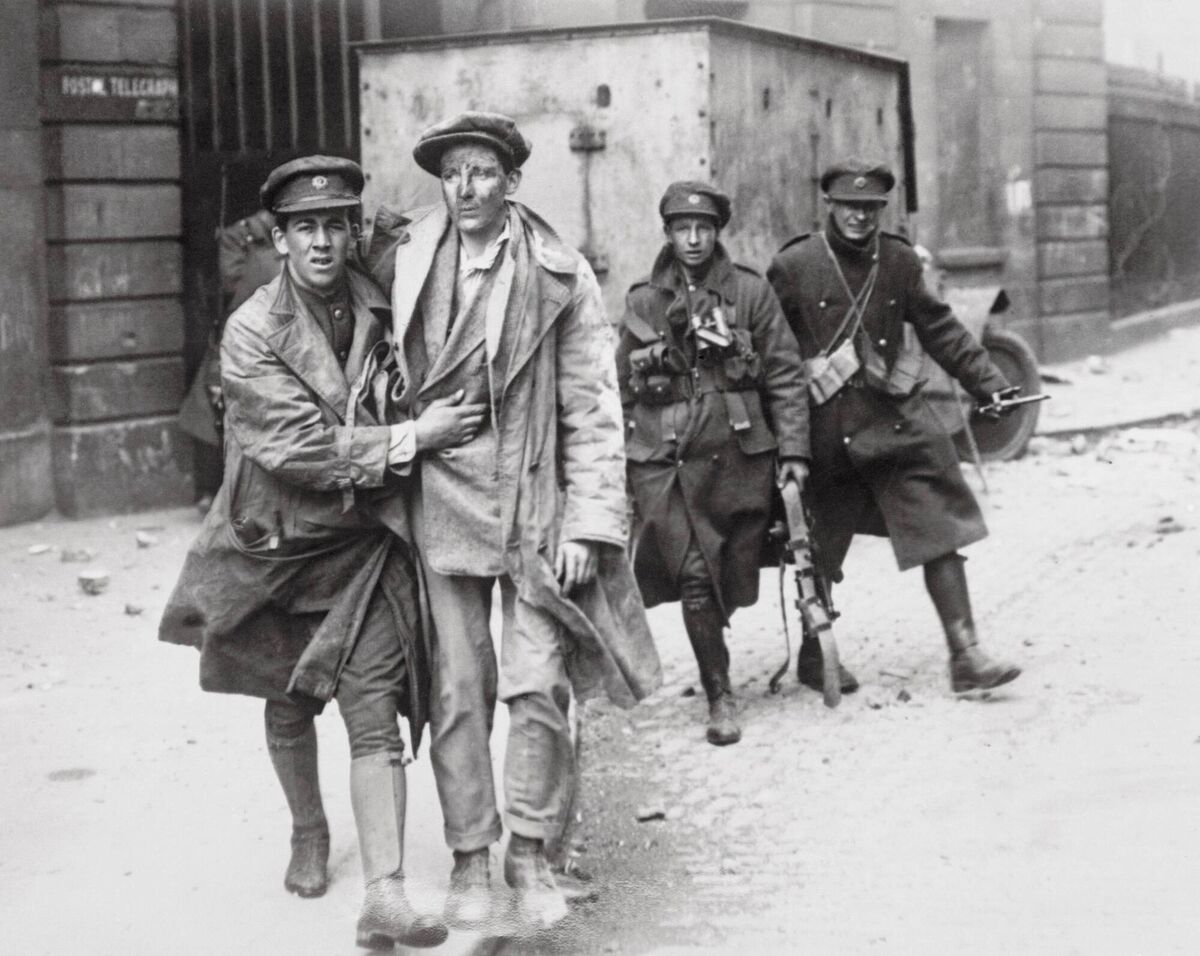
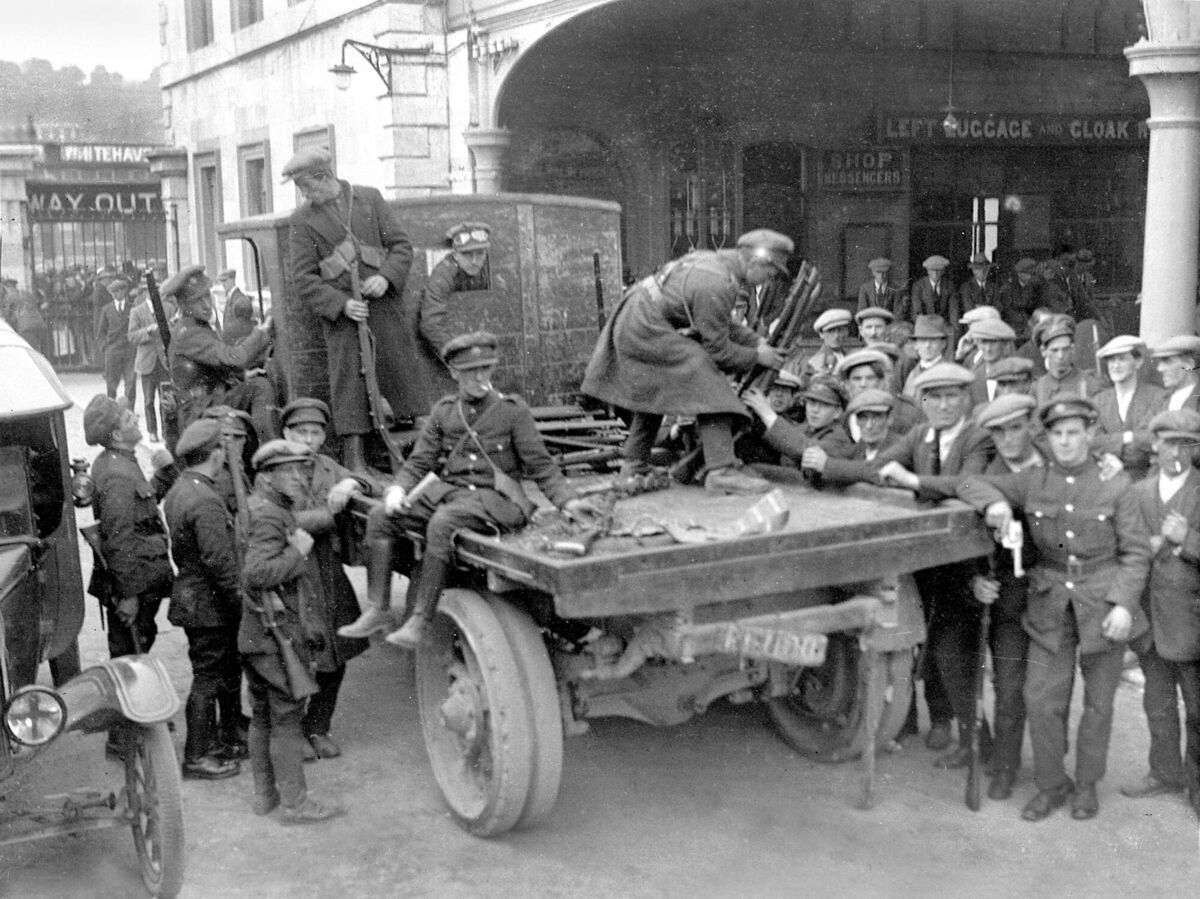
Such notices were conspicuous by their absence in that day’s which informed its readers that, while it had not been taken over by the IRA fully, they had established “censorship over the publications issued from the Examiner offices”.

- Private Thomas Butler was fatally wounded in Clane when a colleague’s weapon fell from his hand and went off.
- Lieutenant Michael Downes’ weapon went off, killing him, when a twig caught the trigger as he was climbing over bushes near Kilmihil, Clare.
- Private Bernard Murphy was killed in Victoria Barracks when a colleague jumped off a lorry leading to his weapon discharging.







